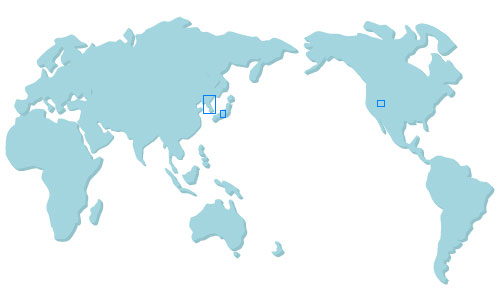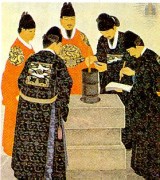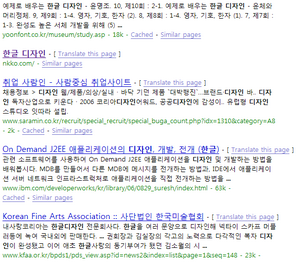Korean: Difference between revisions
Jump to navigation
Jump to search
No edit summary |
No edit summary |
||
| Line 1: | Line 1: | ||
{{:XO Korea/Korean}} |
|||
안녕하세요, 오엘피씨에 조선족초등학교학생들한테도 어울리는 한글시스템을 우리 개발합시다 |
|||
The first line above is written in Hangul, an alphabetic writing system created at the direction of King Sejong. Letters are grouped in square syllables, following the pattern of Chinese. Korean Hangul keyboards place all consonants under the left hand, and all vowels under the right hand. In both South and North Korea, the Korean language used to be written in a mixture of Hangeul and Chinese characters ("Hanja" in Korean), with characters used to write words of Chinese derivation, and Hangul used to write native Korean words, grammatical endings, and foreign words. Hanja are most commonly entered by phonetic conversion, with the user typing either Hangeul or (mostly among foreigners) Latin alphabet text. |
|||
By government order in the North and by gradual evolution in the South, Korean has been increasingly written in Hangul alone, with the exception of proper names and ambiguous words. The direction of writing used to be exclusively vertical, starting at the right, but in the 20th century the Western writing direction (left-to-right, starting at the top) has come to predominate. |
|||
[[Category:Languages (international)]] |
|||
Revision as of 00:04, 4 May 2007
- Learned from user:Xavi's page for Spanish.
- Redirected from [[Korean]] to [[XO Korea/Korean]] . For old version, see XO Korea/Korean/old version.
| Korean 한국어 | ||
|---|---|---|
| Speakers | ~ 80,000,000 | |

| ||
| Countries | South Korea (한국), North Korea (조선), Korean Chinese(조선족), Koreans in Japan (재일동포), Koreans in the USA (재미교포), Koreans in the old Soviet Unions (고려인). | |
| Status | official | |
| Unicode | ||
| Direction | ||
| Alphabet | [1] | |
| ISO 639-1: | ko | |
| ISO 639-2: | kor | |
| ISO/FDIS 639-3: | kor [2] | |
Hangul (한글), the writing system used in Korean, is included in Unicode 1100~11FF as Hangul Jamo. It is the only writing system used by a major language that was created specifically for that language (unlike the writing system used in English, for example, which comes from Latin alphabet, which was in turn adapted from other writing systems). It was created by King Sejong
and scholars in the Hall of Worthies between AD 1443~1526.
l10n
- Character sets
- Unicode supported.
- Script layout
- is left-to-right, top-to-bottom. Fully supported by Pango the layout engine chosen.
- Fonts
- see Hangul
File:Korean.png
Korean keyboard
- Keyboard
- OLPC Korean Keyboard will fully supports the language
- Input methods
- except for 'standard' keyboard and touchpad would suffice for general use, although special considerations would be needed for physical disabilities.
- Speech synthesis
- there is not so wide variances region to region compared to other languages such as Chinese.
- Dictionaries, Spelling Checkers, Thesaurus
- are very much developed in Korean
- aspell
- Korean is treated as a single language unit, without regional/national divisions. Code:ko Name: Korean Script: Hangul Jamo Available: Status:
- mozilla
- coming soon.
- abiword
- coming soon..
- OpenOffice
- coming soon...
- Character recognition
- This article is a stub. You can help the OLPC project by expanding it.
Alphabet
ㄱ, ㄴ, ㄷ, ㄹ, ㅁ, ㅂ, ㅅ, ㅇ, ㅈ, ㅊ, ㅋ, ㅌ, ㅍ, ㅎ ㅏ, ㅑ, ㅓ, ㅕ, ㅗ, ㅛ, ㅜ, ㅠ, ㅡ, ㅣ
Formats
- Date
- Traditionally, dates are all numeric in the YY/MM/DD or YYYY/MM/DD. if necessary, the day of week is written at the last. In the formula official document of government, it separated by dot and white space(YYYY. MM. DD.) and has not the day of week.
- Numbers
- use the -9,999.99 format (coma for thousands and period for decimal, prefix sign).
- Currency
- KRW, won. -₩9,999.99
Population
48,000,000 South Korea official (2006)
22,200,000 North Korea estimation (2002)
1,600,000 Koreans in Japan estimation (2002)
1,900,000 Korean Chinese official (2006)
200,000 Korean in Old Soviet estimation (2006)
2,000,000 Korean in the USA estimation (2006)
75,900,000 TOTAL

